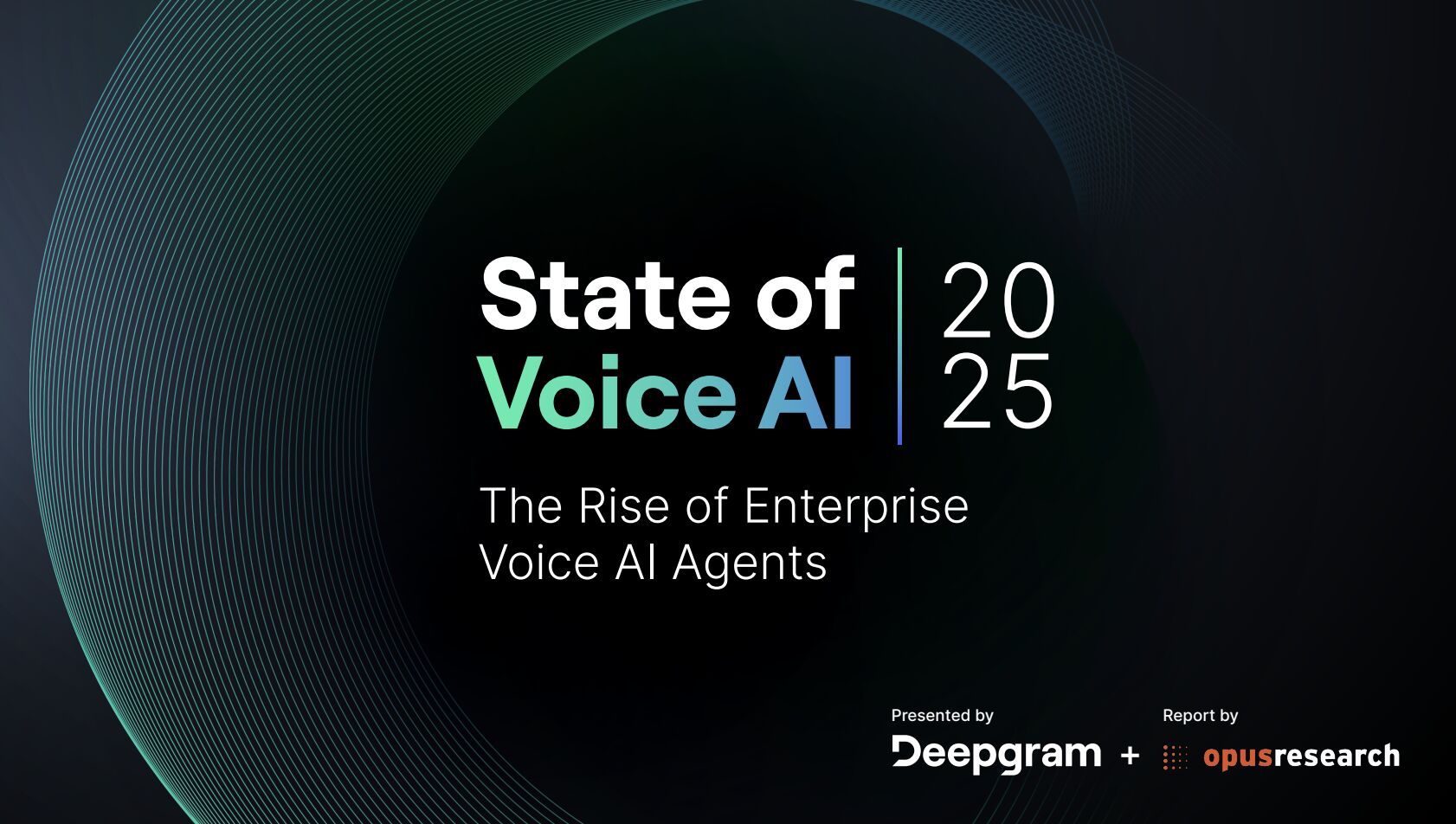Real-Life Use Cases of Contact Center Automation for Cost Reduction

Introduction
In a post-pandemic world where digital transformation is no longer optional, contact centers are facing mounting pressure to do more with less—deliver exceptional customer service while cutting operational costs. Traditionally seen as cost centers, these teams now play a strategic role in brand perception and customer retention. Yet, managing a high-performing contact center is expensive: between staffing, training, quality control, and 24/7 availability, the costs quickly add up.
Enter contact center automation, powered by Artificial Intelligence (AI), Natural Language Processing (NLP), and Robotic Process Automation (RPA). Businesses are no longer relying solely on human agents to manage inquiries, complaints, and repetitive tasks. Instead, AI-driven tools are transforming everything from customer onboarding to troubleshooting—reducing costs by as much as 30% while improving both speed and satisfaction.
This article dives into the real-world use cases of contact center automation, focusing on how specific processes, products, and people strategies lead to measurable cost savings. From AI-powered chatbots to intelligent routing and post-call analytics, we’ll explore what’s working and why.
1: Automating Repetitive Processes to Eliminate Manual Load
Use Case: Intelligent Chatbots and Voice Bots
One of the most visible forms of contact center automation is the use of AI chatbots or voice bots to handle Tier-1 support tasks. These tools are powered by NLP and machine learning algorithms that understand intent, learn from conversations, and resolve common issues without agent involvement.
Example:
Vodafone implemented AI-powered chatbots that now handle over 60% of customer interactions without human assistance. According to their internal reporting, this helped reduce call volume by 15 million calls annually, significantly lowering operational costs while increasing customer satisfaction scores (CSAT).
Impact on Cost:
- Reduction in headcount required for Tier-1 support
- Improved call deflection rates, saving agent time
- Fewer callbacks due to instant resolution
Stat to note: According to IBM, chatbots can handle 80% of routine tasks, leading to cost savings of up to $0.70 per interaction.
2: Automating Workflow with AI + RPA
Use Case: Post-Call Work (Wrap-Up) Automation
After every call, agents usually spend several minutes logging call summaries, updating CRM entries, and tagging issues. AI-enabled tools can now listen to call recordings, summarize the conversation, and auto-populate fields within CRM systems using RPA.
Example:
American Express uses speech analytics tools that extract key insights from calls and automate post-call data entry. This has reduced wrap-up time from 4 minutes to under 1 minute per call, improving agent productivity and allowing teams to handle more calls per shift.
Use Case: Intelligent Routing Systems
Using AI for call routing based on intent prediction, customer sentiment, and agent skill matching ensures that calls go to the right agent the first time. This significantly reduces average handle time (AHT) and first call resolution (FCR) rates—both major drivers of cost.
Example:
T-Mobile implemented an AI-driven routing system that cut down call transfers by 20%. This led to fewer agent hours and less customer frustration—two hidden cost factors that automation quietly addresses.
3: Real-World Examples of Automation Success
1. Bank of America – Erica Virtual Assistant
Bank of America’s AI-driven virtual assistant, Erica, has handled over 1.5 billion interactions since launch. From transaction alerts to bill payments, Erica automates hundreds of routine tasks. The cost savings? An estimated $0.60–$1.00 per interaction, translating to hundreds of millions in operational savings.
2. Southwest Airlines – Automated Notifications
Southwest Airlines uses automation to handle flight change alerts, gate updates, and booking confirmations. By automating outbound communication via SMS and email, they’ve reduced inbound call volume by 25%, directly lowering contact center load during peak times.
3. H&M – Virtual Fitting Assistants and Order Tracking
To reduce contact center load from online shoppers, H&M uses AI chatbots to help with size recommendations, order status, and returns. This resulted in a 35% drop in email queries and increased digital self-service adoption.
4. Telecom Case Study – Using Conversational IVR
A major telecom provider introduced Conversational IVR (Interactive Voice Response) that uses voice recognition to direct users without a menu. This reduced average call time by 90 seconds, saving an estimated $5 million annually on call center operations.
How People Strategies Play a Role in Cost Reduction
Use Case: Upskilling Agents with AI Assistants
Automation isn’t about replacing agents—it's about augmenting their capabilities. AI-driven agent assist tools provide real-time suggestions, pull up relevant knowledge base articles, and even flag compliance risks during live calls.
Example:
Zendesk integrated agent-assist AI into their support flow, leading to a 20% increase in case resolution speed and lower average handling time—both key cost indicators.
Additionally, businesses are investing in reskilling programs for agents to manage complex, high-value interactions that automation can’t handle, ensuring human capital is used where it adds the most value.
Measurable Results from Contact Center Automation
Across industries, companies report the following quantifiable benefits:
- 15–40% reduction in call volume (Gartner)
- Up to 30% reduction in operational costs (McKinsey)
- 20–35% faster call resolution time
- 25–50% increase in customer self-service usage
These aren’t just vanity metrics—they tie directly to fewer agents needed, less time spent per customer, and lower churn from better experiences.
Conclusion
The question is no longer “Should we automate our contact center?”—it’s “How can we do it in a way that maximizes both customer satisfaction and cost efficiency?”
Contact center automation is not about replacing humans with machines. It’s about building a hybrid workforce where AI takes care of the repetitive, predictable tasks, and human agents focus on high-value, emotionally sensitive conversations. Companies that embrace this model are already seeing millions in savings, faster resolution times, and happier customers.
The use cases highlighted in this article show that automation is not hypothetical. It’s happening right now, across sectors from banking and retail to airlines and healthcare.
If your contact center is still bogged down by manual workflows and rising costs, it’s time to explore automation. Start with one process, one use case, and measure the impact. The ROI will speak for itself.
Need help identifying the right automation opportunities?
Let’s talk—reach out to our team for a free audit of your current contact center operations.
No Spam —
Just Good Stuff.
Join our newsletter for actionable advice, insider knowledge, and strategies that drive real results.
No fluff, just value.
%20(1).png)

.png)



































































.png)
.png)
.png)



.png)
.png)
.png)
.png)
.png)
.png)
.png)
.png)
.png)
.png)
.png)
.png)
.png)
.png)
.png)
.png)









